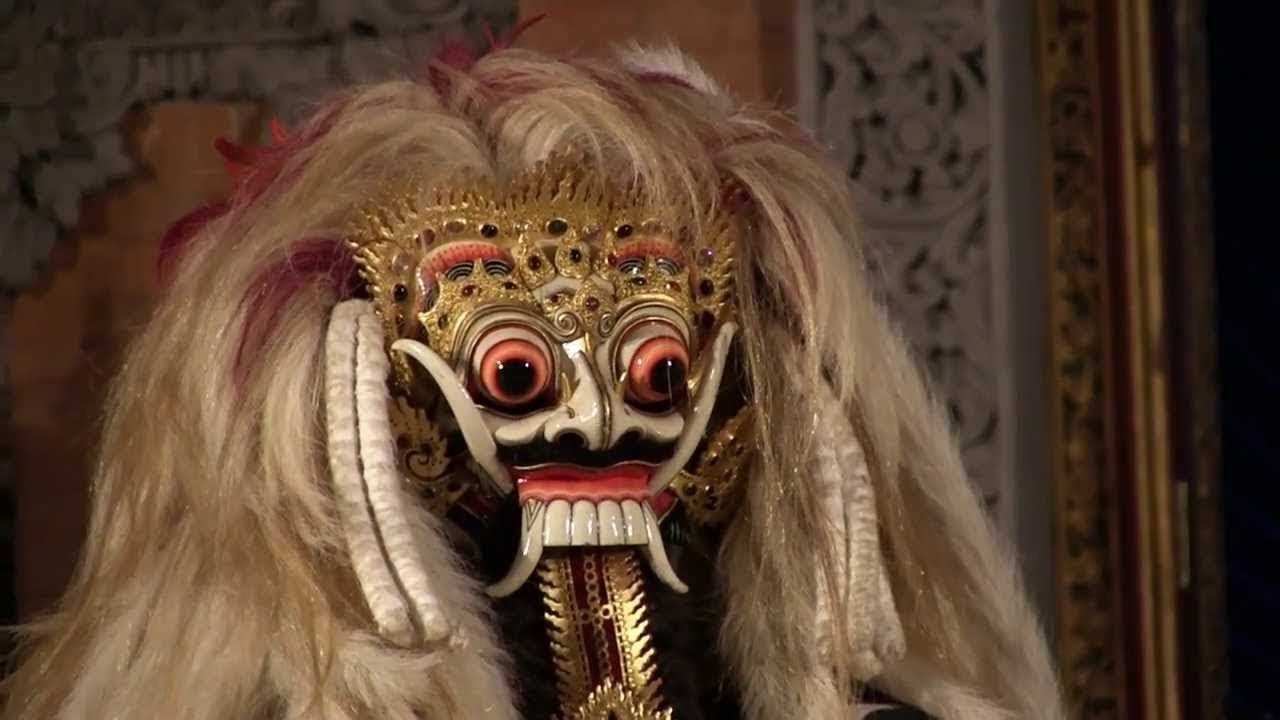
when Horror Yearbook – Bali has long been known for its cultural richness, traditions, and mystical legends. One of the most fascinating and eerie aspects of Balinese mythology is the story of the Leak. The Leak is often described as a creature with large eyes, sharp fangs, and terrifying features that embody both supernatural power and fear. For centuries, locals have passed down myths and stories about the Leak, making it one of the most talked about mystical beings in the island’s folklore. Understanding the origins of Leak and the mysticism surrounding it allows us to explore how Balinese culture intertwines spirituality with stories of darkness and transformation.
The origins of Leak in Bali trace back to a spiritual practice that seeks to break personal limitations. Practitioners view Leak not as black magic but as a method to transform the human self through meditation and sacred letters. Outsiders often mistake it for harmful sorcery, but locals regard Leak as a neutral form of knowledge. Tradition divides it into three types based on intent: satwika for good, rajasika for ego, and tamasika for negative emotions. In Bali, people associate Leak with shape shifting, where practitioners transform into creatures to display power or instill fear.
“Read about: Say Her Name 3 Times and She Appears? The Real Horror Behind Bloody Mary”
In Bali, myths about Leak are rooted in ancient tales from the 11th century during the reign of King Erlangga. One story tells of a widow named Calonarang who was accused of practicing dark magic. She sang incantations in mysterious languages and often isolated herself from society. Soldiers once attempted to ambush her while she slept, but Calonarang awoke, enraged, and revealed her horrifying form. Her eyes bulged, her fangs grew long, and fire spewed from her mouth, killing the soldiers. This myth solidified the idea of Leak as a fearsome entity tied to anger, vengeance, and supernatural fire. Many Balinese people continue to recount this legend, passing it down as a reminder of mystical power and the consequences of disrupting spiritual balance.
The concept of Leak in Bali appears in ancient manuscripts like Lontar Cambra Berag and Lontar Sampian Emas. These texts describe various levels of mastery for practitioners of Leak across spiritual and mystical stages. At the lowest level, practitioners transform into animals such as monkeys, pigs, or snakes. The middle level grants transformations into Garuda birds or cursed trees that emit toxic fumes. At the highest level, practitioners become Nyai Rangda, the queen of the Leak. Another possibility includes transforming into a fiery funeral tower that symbolizes immense mystical power. These levels highlight that Leak represents spiritual progression and pursuit of greater supernatural abilities. In Bali, people believe these beings are more than myths, possibly manifesting through real rituals.
“Read more: Nepal in Chaos! How ‘Nepo Kids’ Sparked Gen Z Rage and Deadly Protests”
Leak in Balinese mythology symbolizes the fusion of magic, fear, and human ambition. The name comes from le meaning sorcerer and ak meaning evil. This makes Leak synonymous with the image of an evil sorcerer in folklore. Locals believe Leak appears mostly at night near graveyards seeking human organs. Practitioners use these organs or blood in magical potions for mystical practices. Stories often describe Leak as disembodied heads with entrails dangling beneath. Legends claim they fly through the night seeking pregnant women or newborns. Some argue Leak is only a myth passed down through generations. Others insist people have experienced real encounters, especially spiritual practitioners or hunters of Leak. In Bali, Leak still drives curiosity, dread, and cultural fascination among communities today.
This article is sourced from detik.com and for more details you can read at horroryearbook.com
Writer: Sarah Azhari
Editor: Anisa